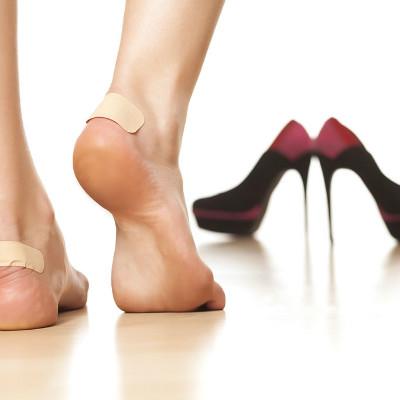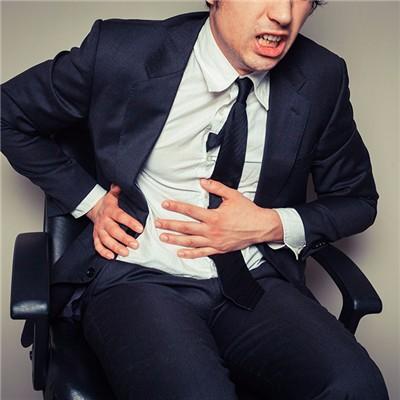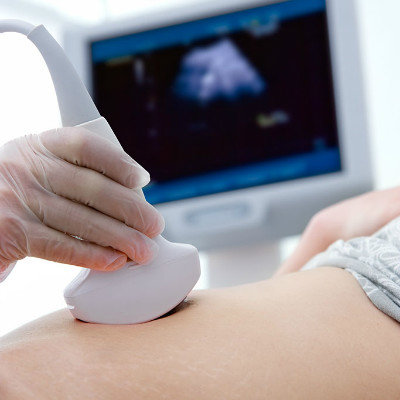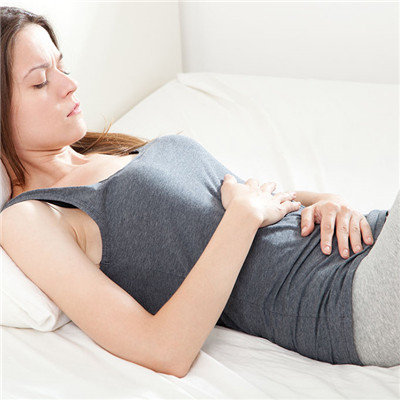How is dysfunctional uterine bleeding caused
summary
Dysfunctional uterine bleeding is a common type of disease in women. After the onset of dysfunctional uterine bleeding, it usually appears irregular. In terms of the cause of the disease, we can understand from the common causes of dysfunctional uterine bleeding analyzed below.
How is dysfunctional uterine bleeding caused
Factor 1: luteal dysfunction. Women of childbearing age are generally due to poor ovarian luteal function, resulting in menstrual disorders, that is to say, although there is a cycle, but the cycle will be shortened, or menstrual bleeding is more. Some people come to menstruation about 20 days, because the luteal function is not good. Similarly, some people may come once every 30 days, but the bleeding time is really longer. These situations are caused by the existence of luteal dysfunction factors.

Factor 2: anovulatory dysfunctional uterine bleeding. Anovulatory dysfunctional uterine bleeding is more common in adolescent and menopausal women. The main feature is that there is almost no regular, sometimes months do not come, a menstrual bleeding is very fierce.

Factor 3: polycystic ovary syndrome. This disease is mainly manifested in women's body androgen levels increased, and then cause hairiness, acne and obesity and other problems. Hirsutism is a typical manifestation of increased androgen. In addition to the increase of hair on the limbs, for Asians, it is more characteristic that there is hair longer than sweat hair under the areola or umbilicus. Even if there is only one hair, it has diagnostic significance. Acne is also due to increased androgen activity, stimulate hair follicle sebaceous gland secretion, causing bacterial infection.

matters needing attention
After making clear the causes of dysfunctional uterine bleeding, the patients should take measures to treat the symptoms as soon as possible. On weekdays, dysfunctional uterine bleeding patients should first arrange their work correctly and reasonably, pay attention to the combination of work and rest, avoid excessive movement of the lower abdomen, and avoid excessive mental tension and more rest.

















